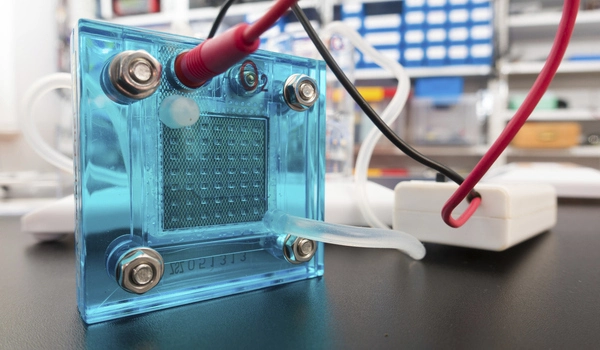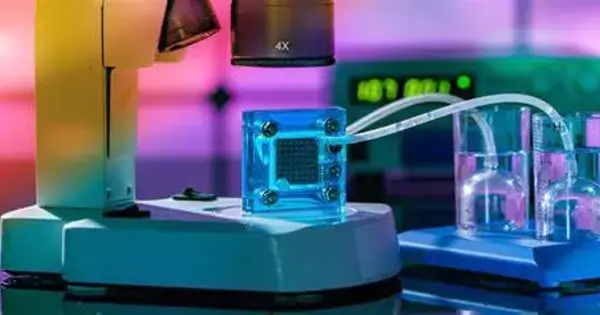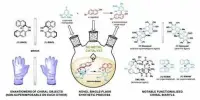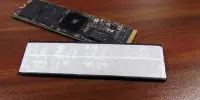Typically, researchers look for materials that can improve critical components of hydrogen-based batteries and fuel cells, like the electrolytes, catalysts, and membranes. Improving these components can result in better conductivity, higher energy density, longer durability, and overall superior performance.
Researchers from Japan’s RIKEN Cluster for Pioneering Research, led by Genki Kobayashi, have developed a solid electrolyte capable of transporting hydride ions (H?) at room temperature. This innovation brings the benefits of hydrogen-based solid-state batteries and fuel cells closer to reality, including enhanced safety, efficiency, and energy density, all of which are critical for moving toward a realistic hydrogen-based energy system. The findings were reported in the scholarly journal Advanced Energy Materials.
To become more widely used, hydrogen-based energy storage and fuel must be safe, efficient, and simple. Current hydrogen-based fuel cells in electric vehicles generate energy by enabling hydrogen protons to travel from one end of the fuel cell to the other over a polymer membrane.
We have achieved a true milestone. Our result is the first demonstration of a hydride ion-conducting solid electrolyte at room temperature.
Genki Kobayashi
Water is required for efficient, high-speed hydrogen transport in these fuel cells, which means that the membrane must be kept hydrated at all times to prevent dryness. This constraint increases the complexity and cost of battery and fuel cell design, limiting the feasibility of a next-generation hydrogen-based energy economy. To overcome this problem, scientists have been struggling to find a way to conduct negative hydride ions through solid materials, particularly at room temperature.
The wait is over. “We have achieved a true milestone,” says Kobayashi. “Our result is the first demonstration of a hydride ion-conducting solid electrolyte at room temperature.”
The team had been experimenting with lanthanum hydrides (LaH3-?) for several reasons; the hydrogen can be released and captured relatively easily, hydride ion conduction is very high, they can work below 100°C, and have a crystal structure. But, at room temperature, the number of hydrogens attached to lanthanum fluctuates between 2 and 3, making it impossible to have efficient conduction.

This problem is called hydrogen non-stoichiometry and was the biggest obstacle overcome in the new study. When the researchers replaced some of the lanthanum with strontium (Sr) and added just a pinch of oxygen – for a basic formula of La1-xSrxH3-x-2yOy, they got the results they were hoping for.
The team used ball-milling to prepare crystalline samples of the material, which were then annealed. They investigated the samples at room temperature and discovered that they could conduct hydride ions at a rapid pace. They then evaluated its performance in a solid-state fuel cell constructed of the novel material and titanium, altering the proportions of strontium and oxygen in the recipe. With an ideal strontium concentration of at least 0.2, they observed full conversion of titanium to titanium hydride or TiH2. This means that virtually no hydride ions were squandered.
“In the short-term, our results provide material design guidelines for hydride ion-conducting solid electrolytes,” said Kobayashi. “In the long-term, we believe this is an inflection point in the development of batteries, fuel cells, and electrolytic cells that operate by using hydrogen.” The next stage will be to improve performance by developing electrode materials capable of reversibly absorbing and releasing hydrogen. This would allow batteries to be recharged while also allowing hydrogen to be stored and conveniently released when needed, which is necessary for hydrogen-based energy utilization.
















